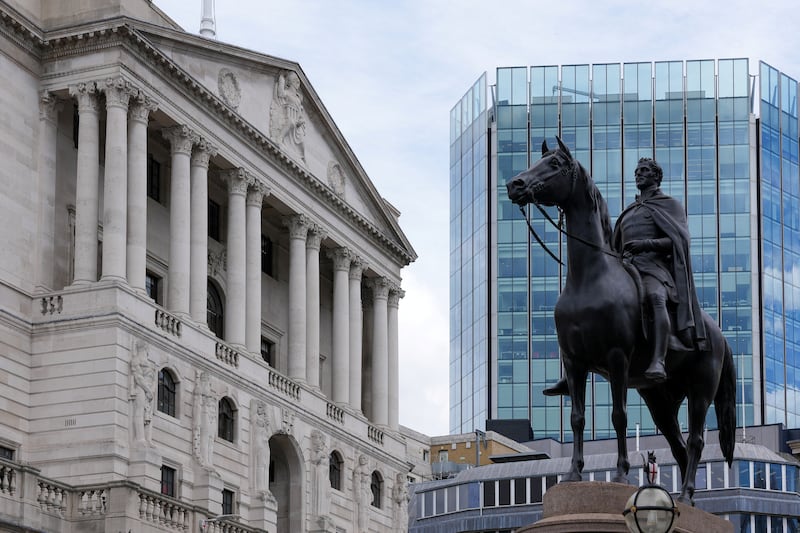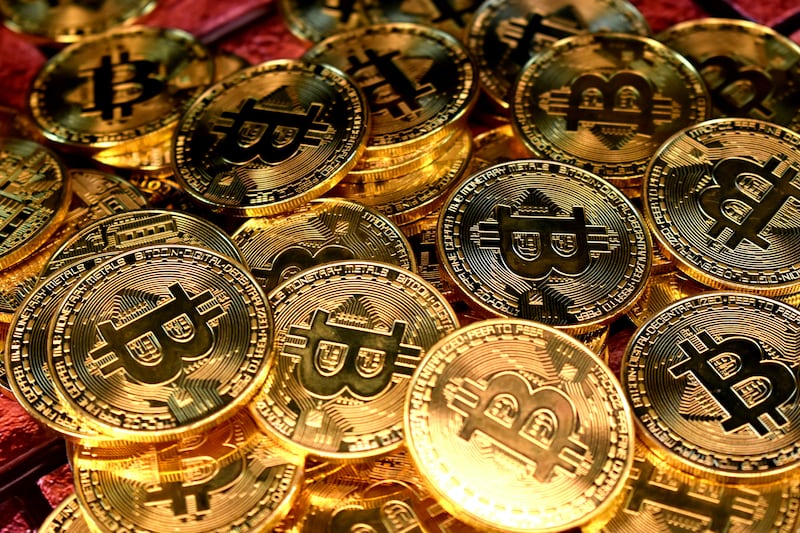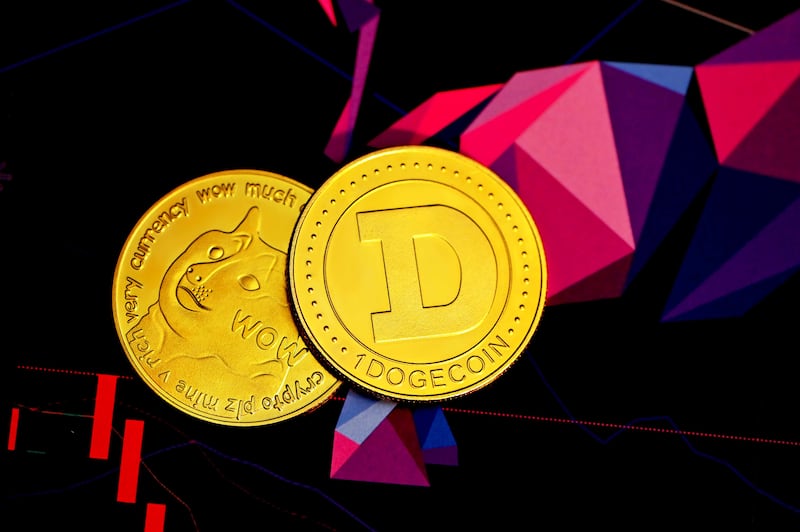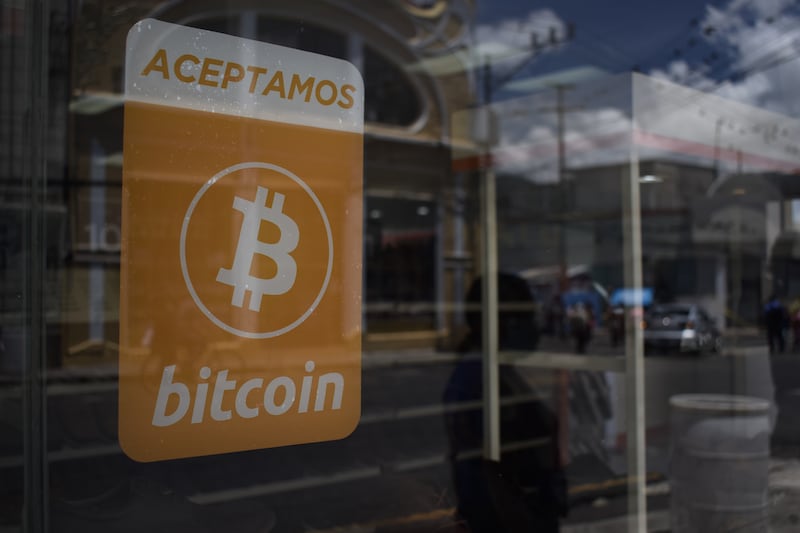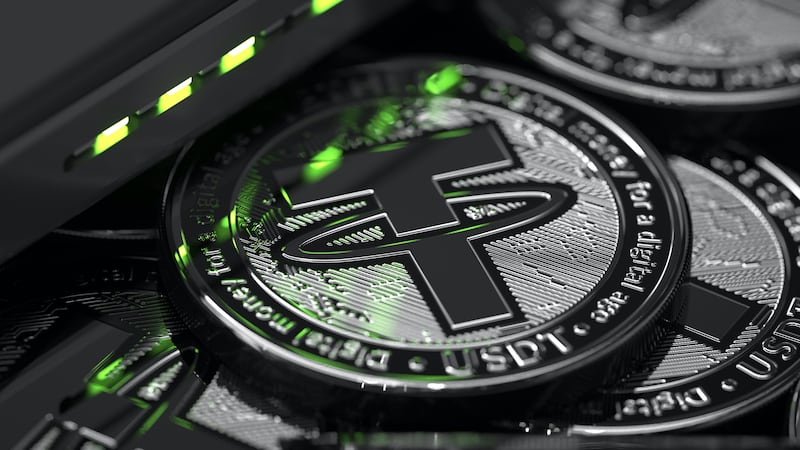Inflation has helped to darken sentiment towards the economy and policymakers.
In June, the year-on-year Consumer Prices Index (CPI) rose to 9.4 per cent in the UK and 9.1 per cent in the US.
Amid growing concerns about the economy, central banks in industrialised countries are raising interest rates to curb inflation.
Last week, the Bank of England made its biggest single rate increase in 27 years, raising its base interest rate by 50 basis points to 1.75 per cent — its highest level since December 2008.
Bank of England raises interest rates by biggest margin in 27 years
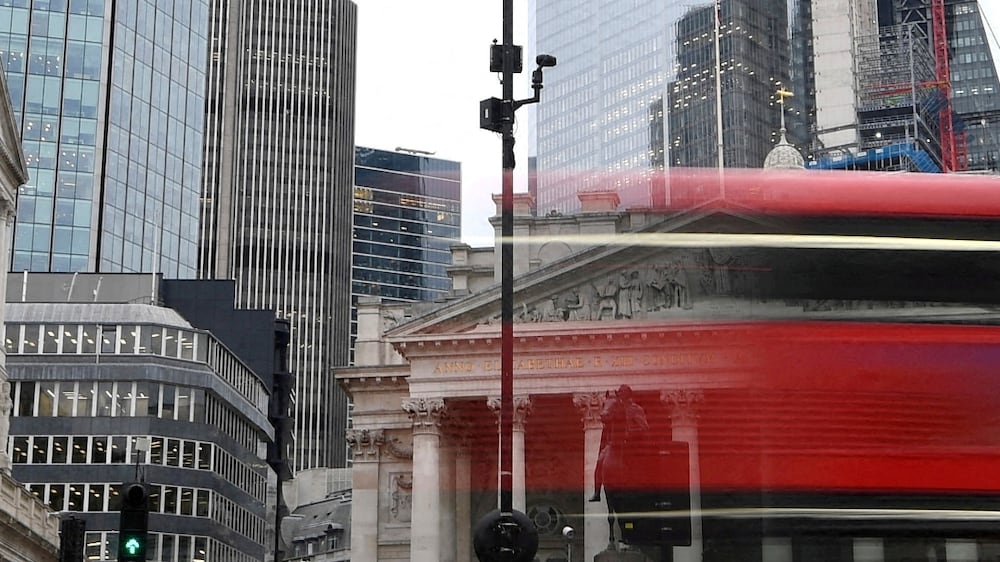
However, the spotlight remains firmly on the US Federal Reserve, which has already raised rates aggressively this year.
As a result, the US stock market has moved towards bear market territory. With the latest gross domestic product (GDP) figures showing a second consecutive quarter of contraction, the US is technically in a recession.
Should the Fed maintain its hawkish stance, this could be the beginning of a prolonged economic downturn.
Prolonged high interest rates equal a debt spiral
Since the 1950s, central banks have lowered interest rates in every recession to stimulate economic growth. In times of expansion, they raised interest rates to prevent the economy from overheating.
Over time, interest rates did not reach the levels of earlier boom cycles and continued to fall from recession to recession.
Unfortunately, the cheap credit also meant that debt-to-GDP ratios became higher over time.
Many are comparing today’s situation with the 1970s: the last major inflationary period when interest rates rose to about 20 per cent. They now expect a period of sustained elevated interest rates.
However, sustained high interest rates could only mean bankruptcy for highly indebted western economies.
Today, central banks find themselves stuck between a rock (inflation) and a hard place (the economy).
In 1974, for example, the US debt-to-GDP ratio was 32 per cent while Washington ran a deficit of 0.39 per cent of GDP. Today, the US debt-to-GDP ratio is a staggering 125 per cent and the deficit is expected to average 7.3 per cent of GDP between 2022 and 2052.
This is a significant difference. In the past, while debt continued to rise, the cost of servicing that debt was always offset by interest rate cuts.
Raising interest rates in a contracting economy, however, could accelerate the economic downturn we are already in and raise countries’ debt-to-GDP ratios to unsustainable levels.
So, if the Fed wants to avoid a debt spiral and the subsequent bankruptcy of the US government, higher interest rates are probably only a short-term measure.
This means that positive real interest rates — interest rate minus the rate of inflation — are unlikely to materialise in the near future.
Negative real rates are here to stay
This is not encouraging. Currently, with interest rates at 2.5 per cent and inflation at 9.1 per cent, the real interest rate in the US is minus 6.6 per cent.
Ironically, the very people — the users and holders of cryptocurrencies — who criticised excessive money printing since Bitcoin’s launch could benefit from a return to low interest rates.
After all, the cryptocurrency market traditionally performs well under loose monetary conditions and increased money supply.
Savers, on the other hand, who had hoped to hedge their assets against inflation through rising interest rates, will continue to lose purchasing power if they keep their assets in cash.
However, the option of saving and protecting one’s money should not be risky. An inflation-proof solution that does not involve high-risk investing in the volatile stock or cryptocurrency market must be found.
While the volatility of cryptocurrency attracts investors to this new market, it has more to offer than exponential gains (or losses).
In the search for an inflation-proof solution, some have turned to the decentralised finance (DeFi) system.
In DeFi, individuals can use stablecoins — crypto-derivative tokens pegged to a fiat currency — to earn yields in excess of 5 per cent by depositing these coins with blockchain-based protocols.
As with all cryptocurrencies, stablecoins carry inherent risk, as highlighted by the recent collapse of the Terra/Luna stablecoin UST.
Cryptocurrencies - in pictures
Despite the failures of the past months, the enduring popularity of stablecoins shows that investors are looking for a way to hedge against the shortcomings of our monetary system.
This situation gives us both the opportunity and responsibility to rethink why we need stablecoins and what “stable” means.
If the goal is to preserve wealth and purchasing power, we need to ask ourselves why we are creating cryptographic derivatives that track currencies declining in value. The dollar has lost 86 per cent of its value since 1972.
If the goal is to preserve wealth and purchasing power, that is what we must aim for.
A true stablecoin must maintain its purchasing power through all economic conditions. This can only be achieved by pegging value to something other than fragile fiat currency.
This is what we must strive for — and blockchain technology will enable us to achieve it.
Stefan Rust is the founder of Laguna Labs, a blockchain development house, and former chief executive of bitcoin.com
